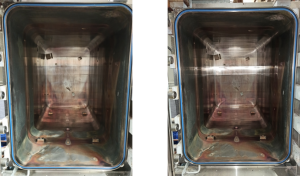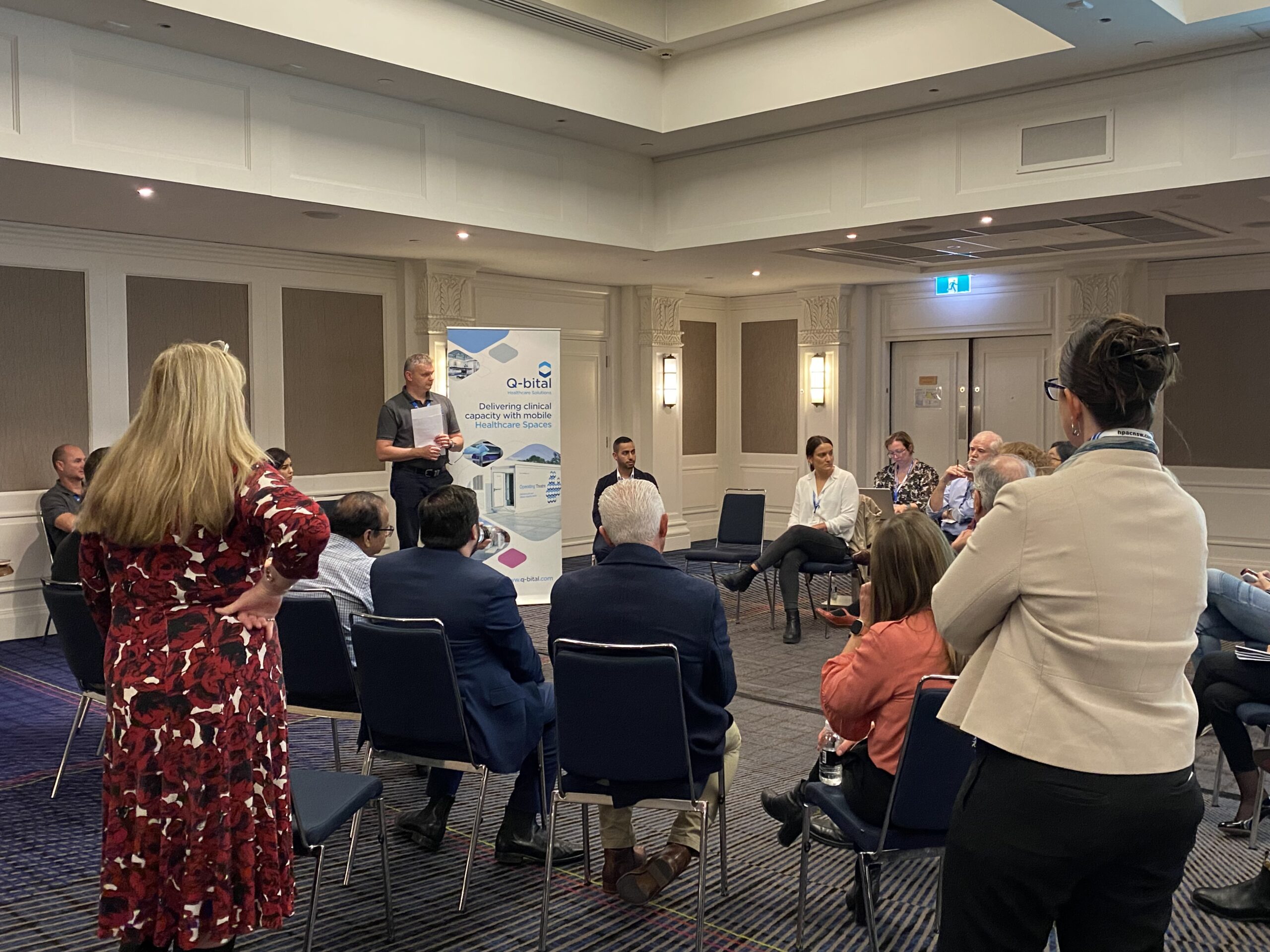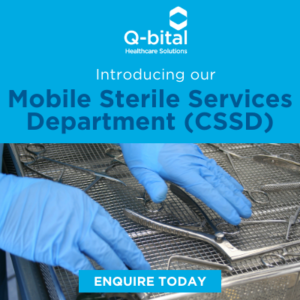As many hospitals are implementing or planning changes to sterilisation departments in order to comply with the upcoming new A4187 standards, it is a good time to look at all processes relate to the facility, including maintenance and cleaning of the sterilisation equipment.
Although the deadline for compliance with the AS/NZS 4187:2014 Reprocessing of reusable medical devices in health service organisations standards has been extended, health organisations need to have a plan ready by December 2021 outlining how they intend to reach full compliance with the standard in their sterilisation services departments by December 2022.
Given that a review of internal processes is necessary, it is worth looking at all processes involved in operating the facility, such as contingency planning in the case of disruption to the sterilisation service, cleaning and maintenance. By introducing laser cleaning, for example, the lifespan of sterilisers can be lengthened, and the method offers a number of benefits over traditional methods for cleaning medical sterilisers.
The contamination challenge
Health organisations face a number of challenges when it comes to maintaining their valuable assets. Medical sterilisers, which require an effective clean with a delicate touch, can provide a particular challenge.
The reason for this is that no chemicals can be used when cleaning medical sterilisers, as that would bring a risk of contaminating the high-tech, valuable medical devices that are cleaned in the sterilisers. If this were to happen, it could potentially lead to a number of complications and might have a negative impact on patients.
Medical devices are cleaned using steam in sterilisers designed to reach temperatures well over 130°C in order to ensure all superficial matter is removed. This method is proven to be very effective when cleaning medical devices, however, the challenge is that the superficial matter is sometimes not completely removed from the steriliser itself.
In fact, contamination may embed itself into the walls, floor, ceiling and doors of the sterilisers, staining them and promoting corrosion on the surface as seen in image 1. Without an effective cleaning method these highly valued assets could be exposed to wear and tear from corrosive build-up and over time may need to be replaced, and this can be costly.

Sterilisers before laser cleaning
A revolutionary solution
The advanced technology that is revolutionising the way surfaces are cleaned and prepared offers an alternative. Although industrial laser cleaning technology has been around for more than a decade, it is only in the past few years that it has been accessible more widely to the medical industry.
Using only the power of light, any and all superficial matter can be removed from any metal surface, leaving the surface undamaged and free of contaminants. Unlike certain traditional blasting methods, laser technology does not remove any surface material and is flexible enough to work on delicate polished surfaces, as well as more aggressively on industrial steel surfaces that require a certain surface preparation to support paint and coatings adhesion. It also represents an environmentally friendly solution.

Sterilisers after laser cleaning
“The beauty of industrial laser cleaning technology is that it does not require any chemicals” says Mitchell Menezes of Phoenix Laser Cleaning and Restoration.
“It also ensures no toxic waste is created and does not require any abrasive material, leaving the work area free from air pollutants. This technology is perfect for use with medical facilities that require clinically clean environments due to its non-toxic, non-contact as well as a non-abrasive cleaning process.”
He continues: “We fly the environmental sustainability flag very high when it comes to laser cleaning technology – this solution promotes a reduction in energy consumption and Co2 emissions, and removes the need to use chemicals and materials that have a negative impact, not only on our environment, but also the people who use them.”
How laser cleaning works
The laser ‘shoots’ high energy packets of infrared light into the surface of the material that is to be cleaned. The contamination then absorbs this energy, heating quickly to become a vapour and/or ‘crimping off’ the surface from the rapid energy absorption, as the underlying substrate remains cool and undamaged.
The process of using laser is very clean, as the superficial matter is extracted at the source, leaving minimal waste. This is where laser technology stands out and offers great benefits, whilst addressing current surface cleaning and preparation challenges using a faster, smarter and much cleaner technique – using the power of light.
Outcomes for the medical facilities that have already been cleaned using laser have been second to none, and customer feedback from the team at the CSSD facility most recently cleaned has been extremely positive, according to Mitchell.
“We have not only restored their asset back to its former glory, we have also saved the customer time in comparison to traditional cleaning methods, using only water. In addition, we have removed the need to purchase new equipment which has helped save the hospital money.”
For more information, please visit Phoenix Laser Cleaning and Restoration’s website.






